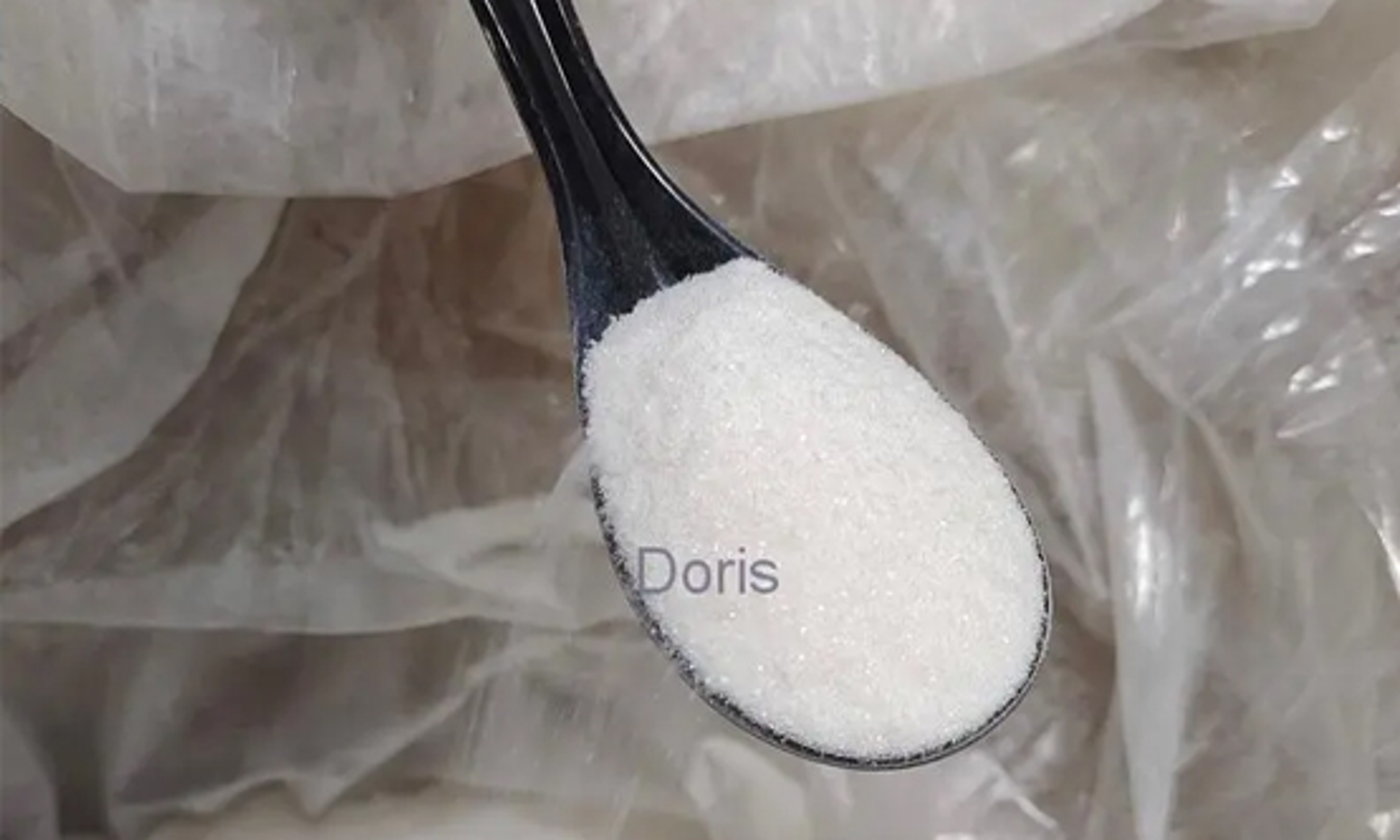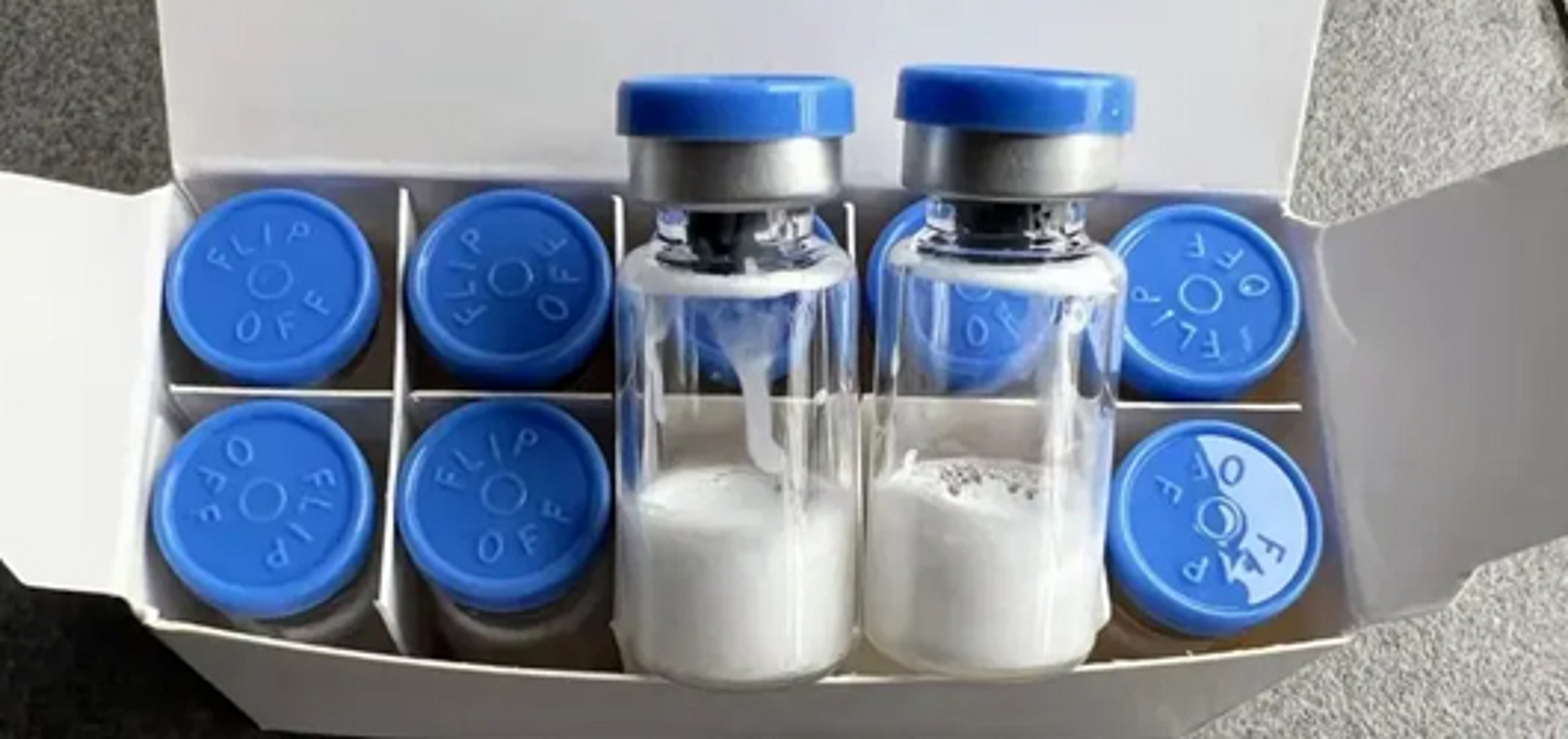Intermediates in pharma are chemical products produced during the synthesis process of chemical raw materials. According to the provisions of the China Food and Drug Administration, intermediates can be regarded as pharmaceutical raw materials and do not need to apply for production approval or apply for a batch number in accordance with drug regulations. Intermediates in pharma can be divided into primary pharmaceutical intermediates and advanced pharmaceutical intermediates. Advanced pharmaceutical intermediates often only require one or two steps of synthesis to make APIs. According to the classification of efficacy, it mainly includes antibiotic drug intermediates, antipyretic and analgesic drug intermediates, sedative-hypnotic drug intermediates, cardiovascular drug intermediates, chemotherapy drug intermediates, etc.

After more than 30 years of steady development of the pharmaceutical intermediates industry in China, the chemical raw materials and intermediates required for China’s pharmaceutical production can basically be matched. Only a small number of high-end intermediates with complex synthesis technologies need to be imported. Due to China’s relatively abundant resources and low raw material prices, many intermediates are currently exported in large quantities.
China’s industry of intermediates in pharma mainly has the following characteristics:
Most of the enterprises are private enterprises with flexible operations and small investment scale, basically ranging from a few million to 10 to 20 million yuan. However, the profit margin is higher than that of general chemical products and the production process is basically the same. Therefore, a large number of small chemical companies have entered the industry, disorderly competition in the industry has become increasingly fierce.
The geographical distribution of enterprises is relatively concentrated, mainly in Zhejiang province and Jiangsu province.
Product updates are fast, and profit margins generally drop significantly in 3 to 5 years after entering the market, forcing companies to continuously develop new products or improve processes.
Due to the wide variety of pharmaceuticals and complex chemical structures, there is a greater demand for intermediates. Different from the large-scale chemical production process, the production process of pharmaceutical intermediates usually has the characteristics of miniaturization, single-batch intermittent and multi-functional; some pharmaceutical intermediate production companies have combined the experience of large-scale chemical production to develop relatively large-scale, automated, continuous and modular production process

China’s industry of intermediates in pharma has the following main development trends:
High-end: As China’s population ages and residents’ income levels increase, the demand for high-end innovative APIs and preparations will continue to increase. This requires the pharmaceutical intermediates industry to improve its technical level and product quality, and transform and upgrade in the direction of high-end. In the future, China’s pharmaceutical intermediates industry will strengthen cooperation with downstream API and preparation companies, understand market demand and technology trends, increase R&D investment, enhance independent innovation capabilities, and develop more high-end pharmaceutical intermediate products with independent intellectual property rights. Thus improve competitiveness in the international market.
Greening: The pharmaceutical intermediates industry is a highly polluting and energy-consuming industry. Its production process will produce a large amount of waste water, waste gas, waste residue, etc., causing serious pollution to the environment. Therefore, in the future, the pharmaceutical intermediates industry will pay more attention to environmental protection and sustainable development and promote green production. Enterprises need to strengthen the construction and operation of environmental protection facilities, reduce pollutant emissions, improve resource utilization efficiency, and reduce production costs.
Internationalization: With the acceleration of globalization, the degree of internationalization of the pharmaceutical intermediates industry will continue to increase. Enterprises need to actively participate in international market competition, understand international market demands and technological trends, strengthen cooperation and exchanges with foreign enterprises, introduce advanced technology and management experience, and improve product quality and competitiveness. At the same time, companies also need to pay attention to changes in international trade policies and respond to challenges such as trade barriers and trade frictions.
In the future, as the global pharmaceutical market continues to expand and new drugs continue to emerge, China’s pharmaceutical intermediates industry will usher in more development opportunities. As a professional digital cross-border chemical B2B platform, ECHEMI.COM is serving 110,000 buyers and 22,000 suppliers across the world. Millions of high-quality chemical products across all categories are available at ECHEMI.COM, including intermediates in pharma, which is a reliable and trustworthy platform for chemical trading.





